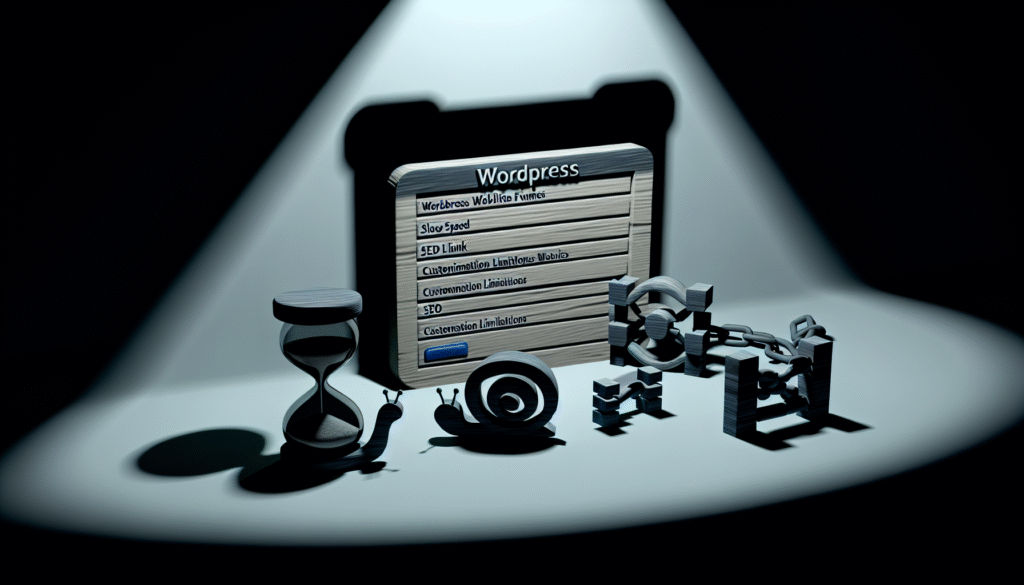Dedicated Team vs. Staff Augmentation: Finding Your Perfect Fit

You know that your project needs more hands. Perhaps you must speed up development or fill key skill gaps. Yet you might hesitate because you do not know which model works best. Should you hire a dedicated team or use staff augmentation? Both options help you scale, meet deadlines, and get more done. But each approach has distinct qualities. Understanding these differences will help you pick the right path. Let’s compare dedicated teams and staff augmentation, so you can decide with confidence.
What Is a Dedicated Team?
A dedicated team is an external unit that integrates closely with your company. Unlike short-term contractors, these specialists stick around for the long haul. They do not just dip in and out. Instead, they learn your product, your goals, and your culture. Their role goes beyond plugging holes. They focus on building solutions that align with your business vision.
This approach often involves a formal agreement with a development partner or agency. That partner provides the expert team that becomes an extension of your in-house crew. Your dedicated team stays aligned with your processes. They communicate daily. They attend your meetings. They know your codebase inside and out. Over time, they gain deep product knowledge.
Because of this focus, a dedicated team produces consistent and reliable results. You can trust them to adapt to your workflows. You do not need to bring them up to speed every time. They also help you control quality, because they remain with you for longer periods. They care about the product’s success because they feel connected to your mission. In the long run, this leads to better synergy. Think of a dedicated team as an integral part of your company’s talent arsenal.
What Is Staff Augmentation?
Staff augmentation focuses on adding extra players to your existing team on a short-term or flexible basis. You pick specific skill sets and roles you need. Then you bring in experts who fill those gaps. You maintain direct management, and they follow your processes. When demand changes, you can scale their involvement up or down. You do not have to worry about long-term commitments. Staff augmentation works like a flexible staffing strategy that plugs right into your project.
This approach shines when you need immediate boosts. Let’s say you hit a busy development cycle and cannot afford to stall. Staff augmentation helps you surge forward without the delays of a lengthy hiring process. You get instant access to skilled professionals who know their craft. They hit the ground running and produce results fast. When the project ends, you release them. If you need them again later, you can re-engage. It’s that simple.
Yet staff augmentation can feel more transactional. It’s like renting talent. These individuals may not fully immerse themselves in your culture or product. They help you get work done, but long-term loyalty and deep product familiarity might not develop. If you rely on staff augmentation too heavily for extended periods, you may lose the advantages of stable continuity.
When to Choose a Dedicated Team
You should consider a dedicated team if you plan for long-term growth and want to invest in deep collaboration. A dedicated team adds value when you expect ongoing tasks, multiple phases, and complex product roadmaps. They excel if you need constant innovation, frequent iterations, and shared product knowledge that builds over time.
For example, imagine you are developing a SaaS platform that will evolve for years. A dedicated team learns your platform’s nuances. They learn the user base, the tech stack, and the business objectives. Over time, they propose improvements and optimizations. They become guardians of your product’s quality. You do not start from zero with each new feature. Instead, your dedicated team builds upon existing expertise.

When to Use Staff Augmentation
Staff augmentation works best when you must move fast without long-term overhead. Maybe your in-house team is swamped, and a deadline looms. You cannot afford to let that bottleneck slow you down. You hire a few experienced developers who know the needed tools. They plug in quickly, help you crush the deadline, and then roll off the project when done.
Also, consider staff augmentation when you need specialized skills you lack. Perhaps you need a data visualization specialist for one new feature. It does not make sense to hire a full-timer for just that. Instead, bring in a staff augmentation resource for a limited time. Once their work wraps up, you can move on without worrying about an underutilized hire.
Pros and Cons of Each Approach
A dedicated team gives you stability, deep involvement, and cultural alignment. They form a cohesive unit that understands your long-term vision. They enhance quality over time and reduce onboarding overhead. But building and maintaining a dedicated team might cost more upfront. Also, it might limit flexibility if you need to pivot rapidly.
Staff augmentation provides quick help without a long-term tie. It’s flexible, fast, and cost-effective for short-term needs. You can handpick experts for specific roles. However, the lack of deep product knowledge and cultural familiarity can slow down complex projects. The relationship might feel more transactional than collaborative.
Can You Combine Both?
Sometimes, the best approach blends both models. For example, you might have a dedicated team handling core functions. Then, when deadlines tighten, you bring in staff augmentation talent to handle surges. This mixed approach offers the best of both worlds. You get stable, long-term expertise plus short-term flexibility. You maintain control and keep your product momentum high.
How to Decide
Look at your project’s lifespan, complexity, and strategic goals. If you anticipate ongoing development, complex features, and many iterations, choose a dedicated team. If you simply need extra hands to meet a deadline or tackle a niche problem, try staff augmentation. If you want both depth and agility, consider mixing the two.
In the end, both approaches help you deliver results. Your choice depends on where you stand today and where you plan to go tomorrow.


